- Joined
- Apr 22, 2004
- Messages
- 38,364
I love high karat gold through and through but do not fully understand all the mechanics and properties behind it, hence this thread. I understand the basics of 10k, 14k, 18k, 22k and 24k and their various alloys, pros and cons, but there are a few puzzling things that continue to make me scratch my head. I've seen lots of Middle Eastern, Indian and Chinese extremely high karat gold with beautiful detailed designs. Many are worn regularly and appear to hold up very well.
1. How are they made? Cast? Hand made?
2. Why are some incredibly reflective and/or shiny? How is that done when there is so much detailing in the piece?
3. I always read about how soft high karat gold is, yet jewellery made in those countries hold up remarkably well, or at least better than I expected. Is it the alloy used, the process, a combination of the two or something else?
4. PSers always recommend platinum or lower karatage gold (10k to 18k) for a stone setting, yet I've seen very high karat gold stone settings. I have inherited many 22kt gold rings holding diamonds and sapphires which were worn on a daily basis. The design / pattern is still clearly visible and the original stone is very secure. Are the prongs somehow different? They don't look chunky to me. Or is it because they use more prongs? Mine have anywhere from 6 to 8 prongs but they are extremely delicate.
1. How are they made? Cast? Hand made?
2. Why are some incredibly reflective and/or shiny? How is that done when there is so much detailing in the piece?
3. I always read about how soft high karat gold is, yet jewellery made in those countries hold up remarkably well, or at least better than I expected. Is it the alloy used, the process, a combination of the two or something else?
4. PSers always recommend platinum or lower karatage gold (10k to 18k) for a stone setting, yet I've seen very high karat gold stone settings. I have inherited many 22kt gold rings holding diamonds and sapphires which were worn on a daily basis. The design / pattern is still clearly visible and the original stone is very secure. Are the prongs somehow different? They don't look chunky to me. Or is it because they use more prongs? Mine have anywhere from 6 to 8 prongs but they are extremely delicate.


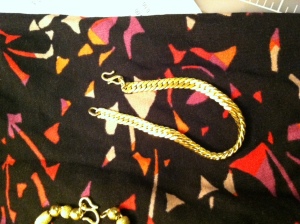
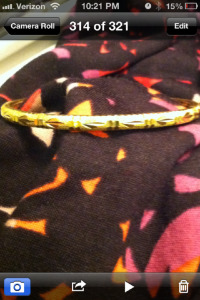
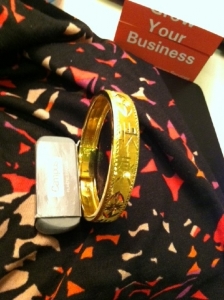
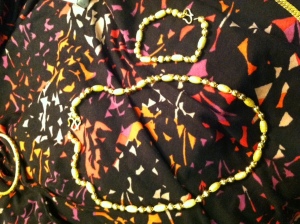
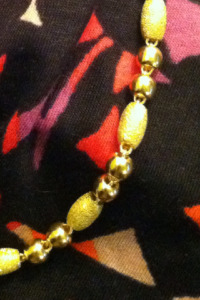


300x240.png)